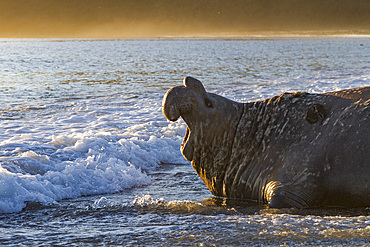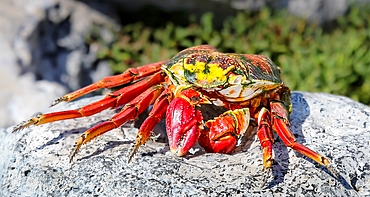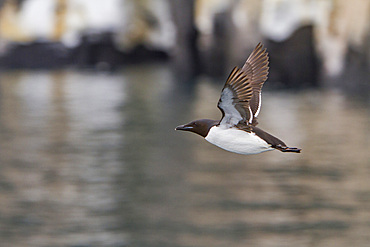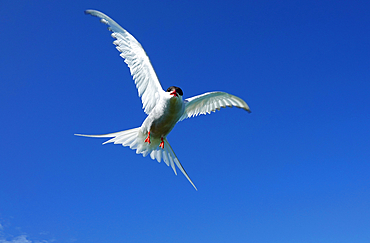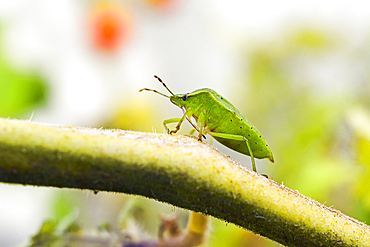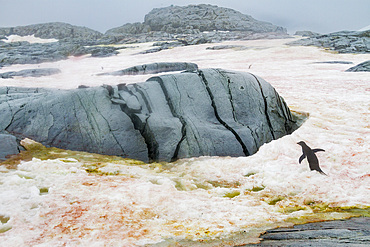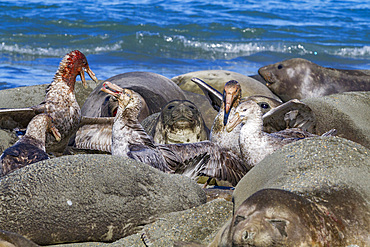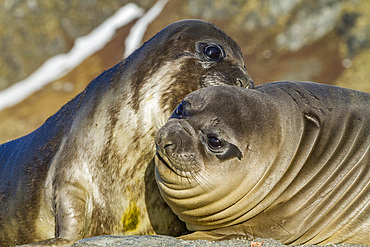Results
« Previous 1 … 7 8 9 10 Next »
902 results found

Brunnich's guillemot (Uria lomvia) in flight near breeding and nesting site at Cape Fanshawe in Svalbard, Norway, Arctic, Europe
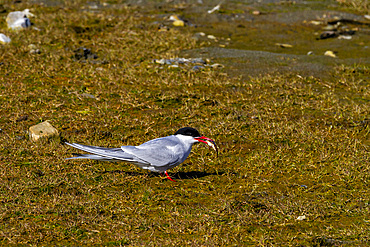
Adult arctic tern (Sterna paradisaea) feeding on small fish on Spitsbergen Island in the Svalbard Archipelago, Norway, Arctic, Europe
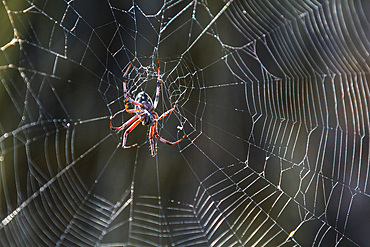
Macro photograph of a spider (Order Araneae) in the Galapagos Island Archipelago, UNESCO World Heritage Site, Ecuador, South America
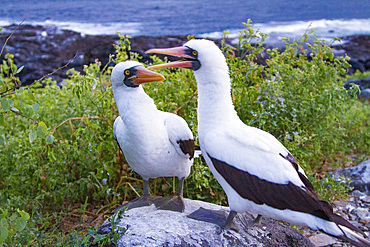
Adult Nazca booby (Sula grantii) pair in courtship in the Galapagos Island Archipelago, UNESCO World Heritage Site, Ecuador, South America
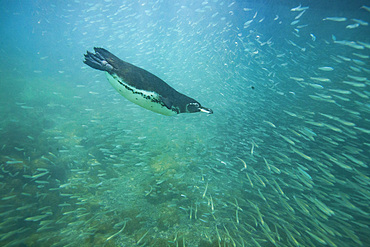
Galapagos penguin (Spheniscus mendiculus) feeding underwater on small baitfish in the Galapagos Islands, UNESCO World Heritage Site, Ecuador, South America

Galapagos sea lion mother nursing pup (Zalophus wollebaeki) in the Galapagos Island Archipelago, UNESCO World Heritage Site, Ecuador, South America
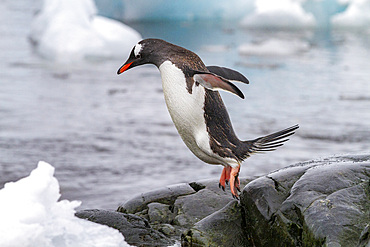
Adult gentoo penguins (Pygoscelis papua), returning and coming from the sea at Booth Island, Antarctica, Southern Ocean, Polar Regions
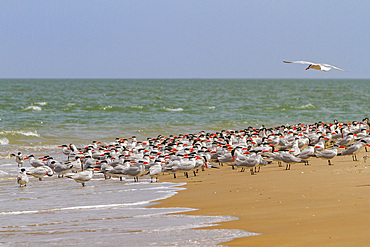
Caspian Terns (Hydroprogne caspia) at breeding colony on Ile des Oiseaux in the Parc National du Delta du Saloum, UNESCO World Heritage Site, Senegal, West Africa, Africa
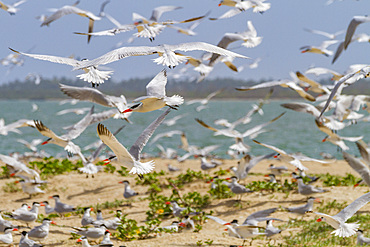
Caspian Terns (Hydroprogne caspia) at breeding colony on Ile des Oiseaux in the Parc National du Delta du Saloum, UNESCO World Heritage Site, Senegal, West Africa, Africa

Antarctic fur seal pup (Arctocephalus gazella) playing in the kelp on Prion Island in the Bay of Isles on South Georgia, Polar Regions
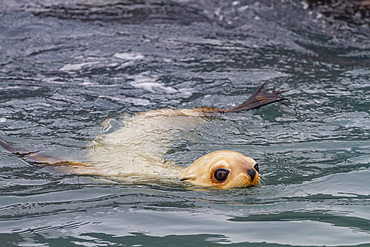
Leucistic caused by lack of melanin, or blond Antarctic fur seal pup (Arctocephalus gazella) on South Georgia, Polar Regions
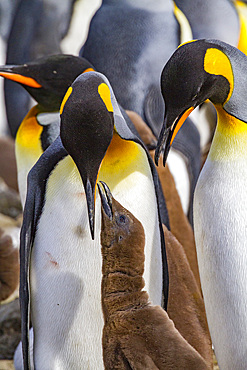
King penguin (Aptenodytes patagonicus) adult and chick at breeding and nesting colony at Salisbury Plain, South Georgia, Polar Regions
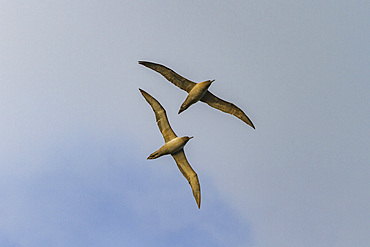
Adult light-mantled sooty albatrosses (Phoebetria palpebrata) on the wing in Elsehul on South Georgia, Southern Ocean, Polar Regions

An adult bull introduced reindeer (Rangifer tarandus) before eradication in Stromness Bay, South Georgia, Polar Regions
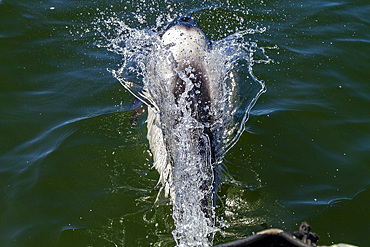
Adult Commerson's dolphin (Cephalorhynchus commersonii), surfacing in Stanley Harbor in the Falkland Islands, South America
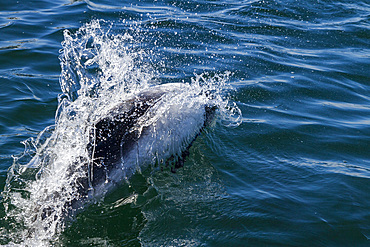
Adult Commerson's dolphin (Cephalorhynchus commersonii) surfacing, Carcass Island in the Falkland Islands, South America

Adult striated caracara (Phalcoboenus australis), close-up, on Carcass Island in the Falkland Islands, South Atlantic Ocean, South America
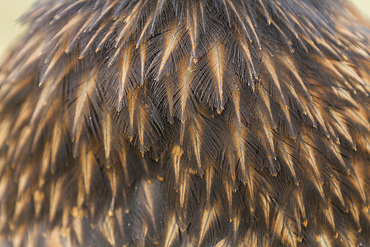
Striated caracara (Phalcoboenus australis) feather detail, on Carcass Island in the Falkland Islands, South Atlantic Ocean, South America
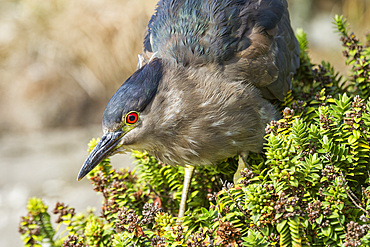
Adult black-crowned night-heron (Nycticorax nycticorax falklandicus) on Carcass Island in the Falkland Islands, South America

Adult Magellanic penguins (Spheniscus magellanicus) at breeding and molting site on Carcass Island, Falkland Islands, South America
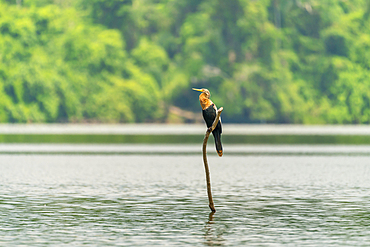
Anhinga (Anhinga anhinga) perching on branch on Lake Sandoval, Tambopata National Reserve, Peru, South America
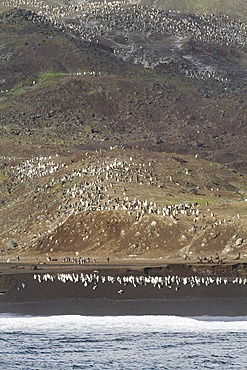
Chinstrap penguin (Pygoscelis antarctica) breeding colony at Baily Head on Deception Island, Antarctica, Southern Ocean, Polar Regions
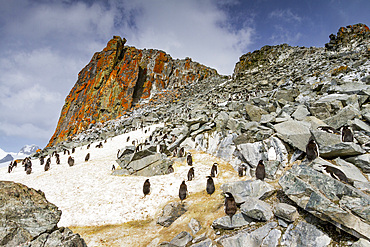
Chinstrap penguin (Pygoscelis antarctica) breeding and molting at Half Moon Island, Antarctica, Southern Ocean, Polar Regions
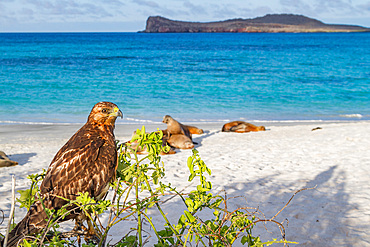
Young Galapagos hawk (Buteo galapagoensis) in the Galapagos Island Archipelago, UNESCO World Heritage Site, Ecuador, South America
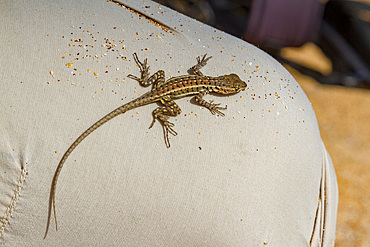
Lava lizard (Microlophus spp) in the Galapagos Island Archipelago, UNESCO World Heritage Site, Ecuador, South America
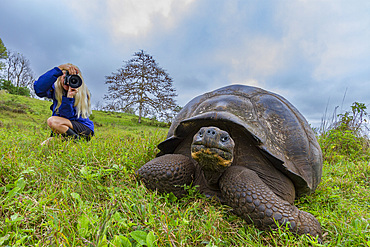
Tourist photographing a wild Galapagos giant tortoise (Geochelone elephantopus) feeding on the upslope grasslands of Santa Cruz Island, Galapagos, UNESCO World Heritage Site, Ecuador, South America
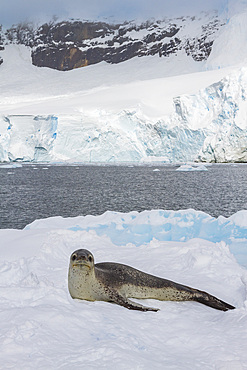
Adult female leopard seal (Hydrurga leptonyx) hauled out on an ice floe in Kayak Cove on Brabant Island, Antarctica, Polar Regions
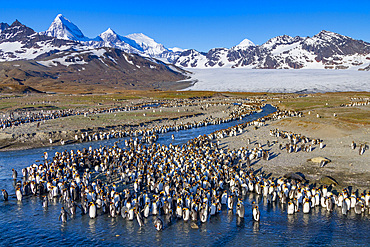
King penguin (Aptenodytes patagonicus) breeding and nesting colony on South Georgia Island, Southern Ocean, Polar Regions
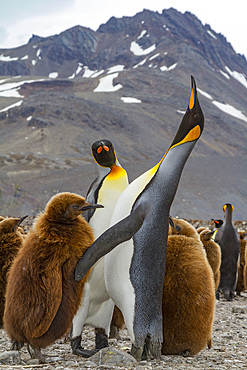
Adult king penguin (Aptenodytes patagonicus) in the act of feeding chick on South Georgia Island, Southern Ocean, Polar Regions
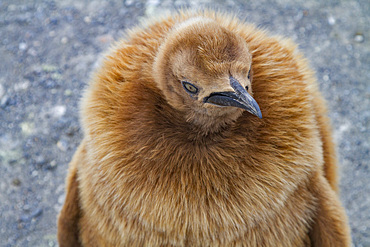
King penguin (Aptenodytes patagonicus) in downy plumage (okum boys) on South Georgia Island, Polar Regions
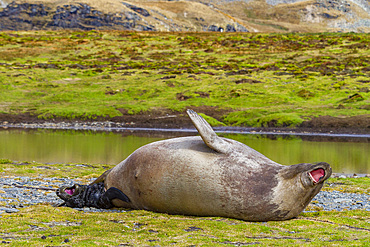
Pregnant female southern elephant seal (Mirounga leonina) giving birth on the beach in Stromness Bay, South Georgia Island
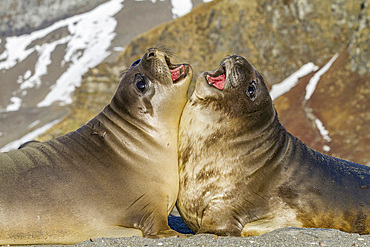
Male southern elephant seal (Mirounga leonina) pups mock fighting on South Georgia Island, Southern Ocean
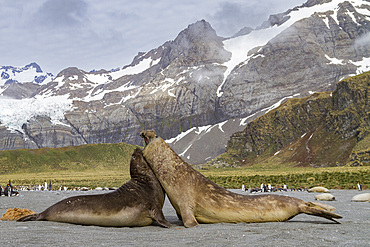
Adult bull southern elephant seals (Mirounga leonina) fighting for breeding grounds on South Georgia Island, Southern Ocean
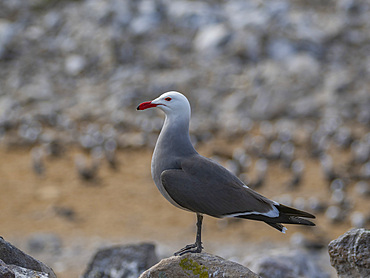
Heermann's gulls (Larus heermanni), at breeding colony on Isla Rasa, Baja California, Sea of Cortez, Mexico, North Anerica
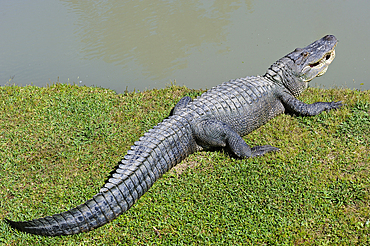
Alligator (Alligator mississippiensis), by the water, Gator Country Wildlife Adventure Park, Beaumont, Texas, United States of America
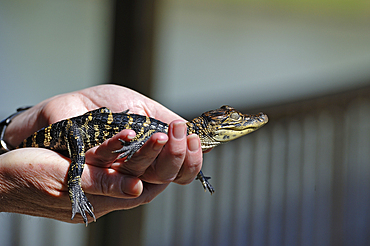
Juvenile alligator, Gator Country Wildlife Adventure Park, Beaumont, Texas, United States of America
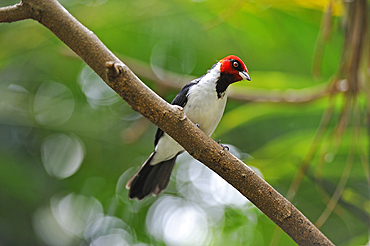
Red-capped cardinal (Paroaria gularis) in the Rainforest Pyramid, Moody Gardens, Galveston island, Gulf of Mexico, Texas, United States of America
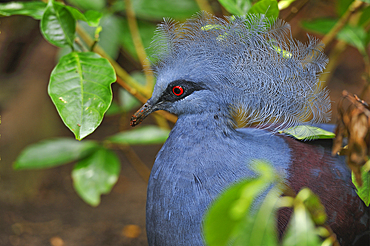
Victoria crowned pigeon (Goura victoria), Rainforest Pyramid, Moody Gardens, Galveston island, Gulf of Mexico, Texas, United States of America
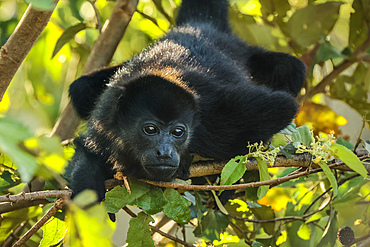
Juvenile mantled howler monkey (Alouatta palliata) in Pacific coast forest, known for their loud call, Esperanza, Nosara, Guanacaste, Costa Rica
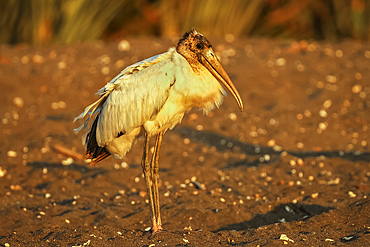
Wood stork (Mycteria americana) big wading bird of the south Americas, scavenging on black sand turtle beach, Ostional, Guanacaste, Costa Rica
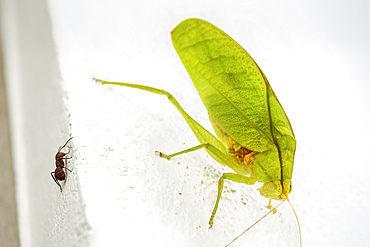
Round-headed katydid (bush cricket) (Amblycorypha), earhole in forelegs, superb leaf mimic with leg scraping song, Guanacaste, Costa Rica
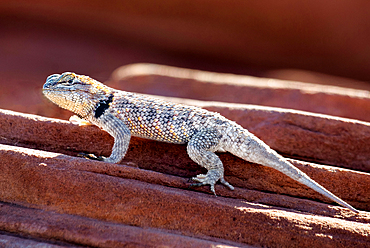
Desert Spiny Lizard (Sceloporus magister) in Sand Hollow State Park near St. George, Utah, United States of America
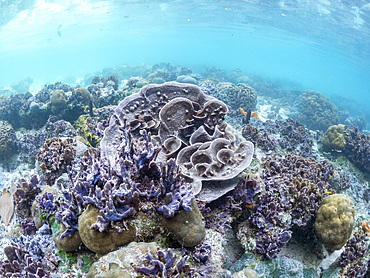
A myriad of hard and soft corals compete for space on the substrate of Darwin's Wall, Palau, Micronesia, Pacific
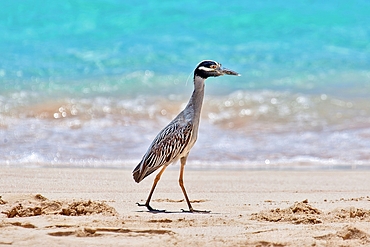
Yellow Crowned Night Heron (Nyctanassa Violacea), wading bird of the Americas that feeds on crustacea, Bermuda, Atlantic
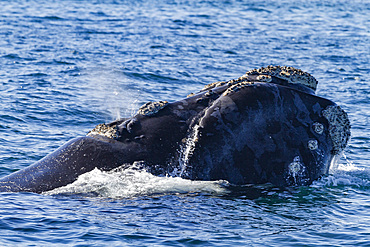
Southern Right Whale (Eubalaena australis) adult surfacing near Puerto Pyramides, Peninsula Valdez, Argentina
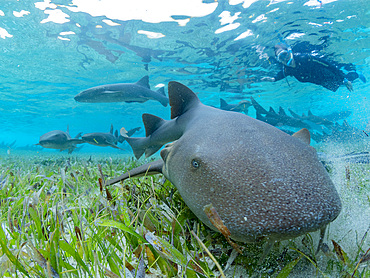
Nurse sharks (Ginglymostoma cirratum), being fed in shark and ray alley, Caye Caulker, Mesoamerican Barrier Reef, Belize
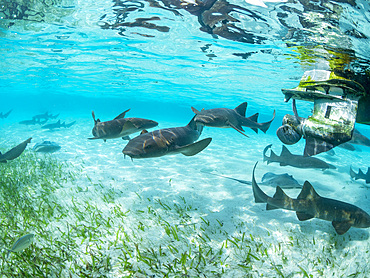
Nurse sharks (Ginglymostoma cirratum), being fed in shark and ray alley, Caye Caulker, Mesoamerican Barrier Reef, Belize
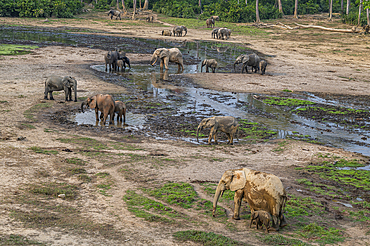
African forest elephant (Loxodonta cyclotis), Dzanga Bai, Dzanga Sangha National Park, UNESCO, Central African Republic
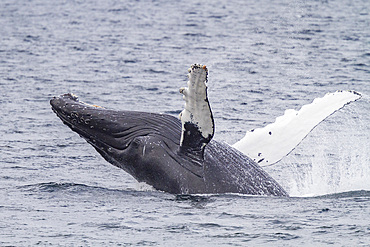
Adult humpback whale (Megaptera novaeangliae) breaching along the west side of Chatham Strait in Alaska, United States of America
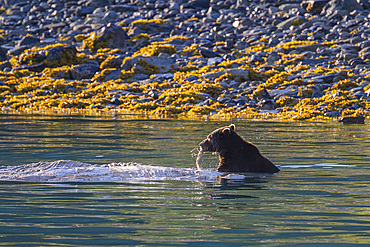
Adult brown bear (Ursus arctos) feeding on humpback whale carcass in Glacier Bay National Park, Alaska, United States of America

Adult brown bear (Ursus arctos) foraging for salmon at the Brooks River, Katmai National Park, Alaska, United States of America
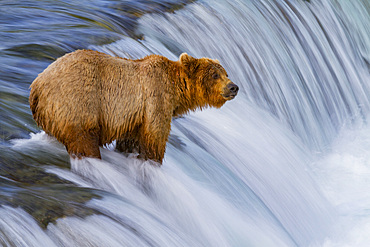
Adult brown bear (Ursus arctos) foraging for salmon at the Brooks River, Katmai National Park, Alaska, United States of America
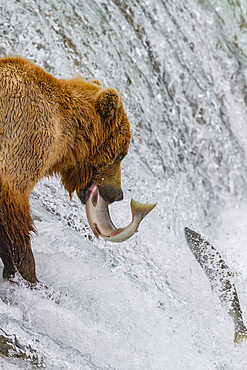
Adult brown bear (Ursus arctos) foraging for salmon at the Brooks River, Katmai National Park, Alaska, United States of America
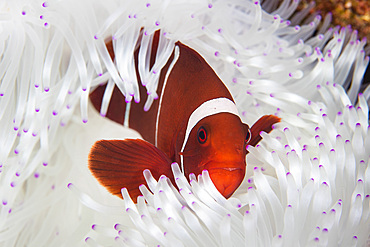
A spine-cheeked anemonefish (Premnas biaculeatus) swims among the tentacles of its host anemone in Wakatobi National Park, Indonesia.
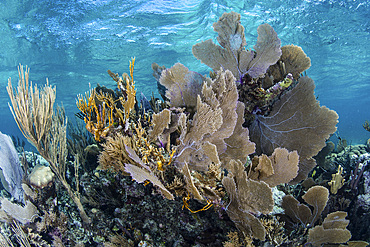
A colorful set of gorgonians, reef-building corals, and other invertebrates grow on a diverse reef in the Caribbean Sea.
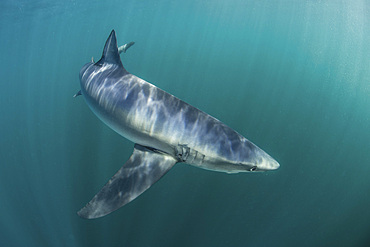
A sleek blue shark (Prionace glauca) cruises through the cold waters off Cape Cod, Massachusetts, in the Atlantic Ocean. These beautiful elasmobranchs are found throughout the world in both temperate and tropical seas and are a species listed as Near Thre

A banded sea snake (Laticauda colubrina) swims at the surface in Wakatobi National Park, Indonesia. This is one of the most venomous snakes in the world.
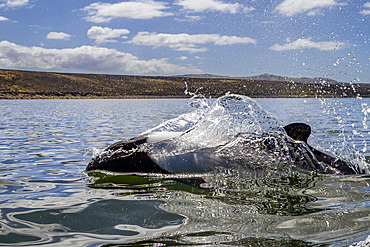
Adult Commerson's dolphin (Cephalorhynchus commersonii), surfacing in Stanley Harbor in the Falkland Islands, South America
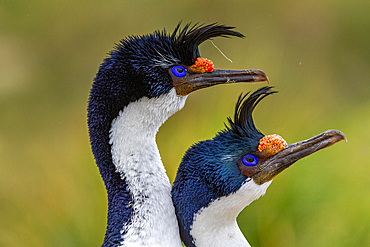
Imperial Shag (Phalacrocorax atriceps), pair exhibiting courtship behavior on New Island in the Falkland Islands, South America
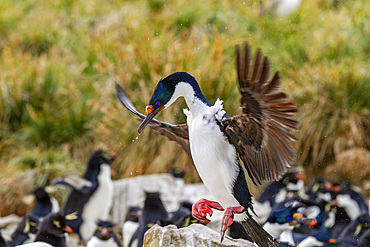
Imperial shag (Phalacrocorax atriceps), returning to the nest on New Island in the Falkland Islands, South America
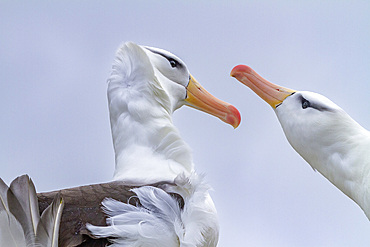
Adult black-browed albatross (Thalassarche melanophrys), pair in courtship display at nesting site on New Island, Falklands, South America
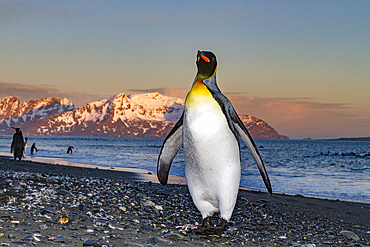
Sunrise on king penguin (Aptenodytes patagonicus) at nesting and breeding colony at Salisbury Plain, South Georgia, Polar Regions
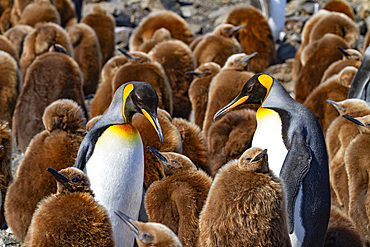
Adult king penguins (Aptenodytes patagonicus) amongst chicks (okum boys) at Salisbury Plain, South Georgia, Polar Regions
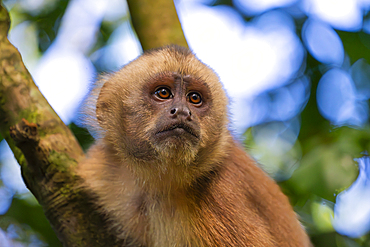
Brown capuchin monkey (Cebus apella) (Sapajus apella) on tree, Tambopata National Reserve, Puerto Maldonado, Tambopata Province, Madre de Dios, Peru, South America
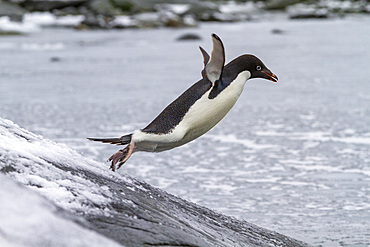
Adelie penguin (Pygoscelis adeliae), leaping into the sea at Booth Island, Antarctica, Polar Regions
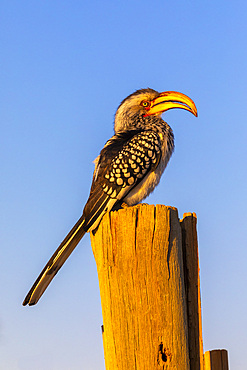
Southern yellow billed hornbill, Pilanesberg National Park, North West Province, South Africa, Africa
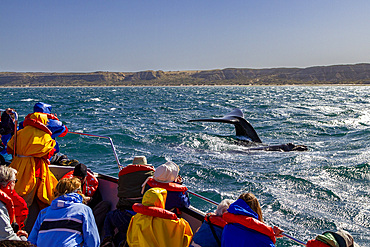
Southern right whale (Eubalaena australis) flukes-up dive near whale watching boat in Puerto Pyramides, Argentina, South America
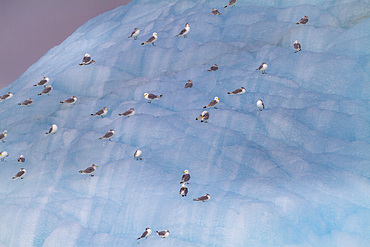
Adult black-legged kittiwakes (Rissa tridactyla) on ice near Alexander Island in Franz Josef Land, Russia, Arctic Ocean, Eurasia

A close up view of a beetle on hogweed (Heracleum spp) found in the Solovetsky Islands, Arkhangelsk Oblast, White Sea, Russia, Arctic, Europe
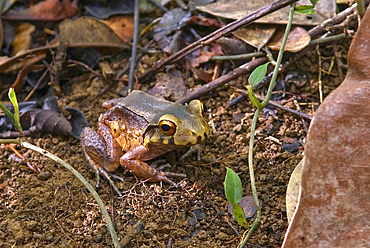
Frog in the forest, French Guiana, Overseas department and region of France, French Guiana, South America
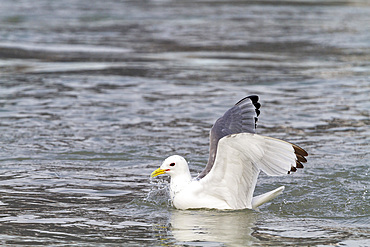
Adult black-legged kittiwakes (Rissa tridactyla) feeding at the base of a glacier in the Svalbard Archipelago, Norway, Arctic, Europe
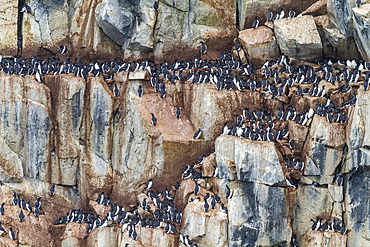
Brunnich's guillemot (Uria lomvia) breeding and nesting site at Cape Fanshawe in the Svalbard Archipelago, Norway, Arctic, Europe

Adult Arctic Skua (Stercorarius parasiticus), on ice floe in the Svalbard Archipelago, Norway, Arctic, Europe
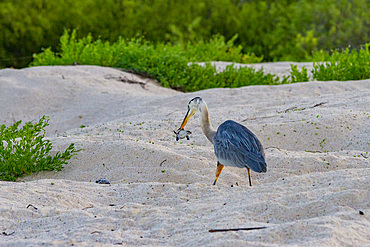
Adult great blue heron (Ardea herodias cognata) feeding on green sea turtle hatchlings, Galapagos Islands, UNESCO World Heritage Site, Ecuador, South America

Spotted eagle ray (Aetobatus narinari) underwater at Leon Dormido Island off San Cristobal Island, Galapagos, UNESCO World Heritage Site, Ecuador, South America
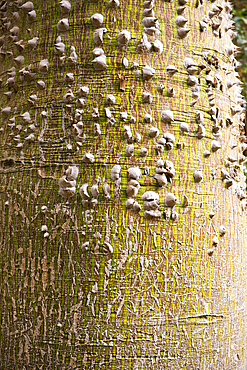
Floss silk tree (Ceiba speciosa), Botanical Garden on El Nabatat Island (Kitchener's Island), Aswan, Egypt, North Africa, Africa
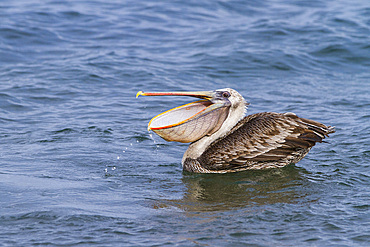
Galapagos brown pelican (Pelecanus occidentalis urinator) feeding in the Galapagos Island Archipelago, UNESCO World Heritage Site, Ecuador, South America
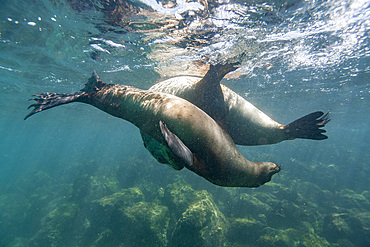
Young Galapagos sea lions (Zalophus wollebaeki) at play underwater in the Galapagos Island Archipelago, UNESCO World Heritage Site, Ecuador, South America

Black-browed albatross (Thalassarche melanophrys) chick on the nest at nesting site on New Island, Falklands, South America
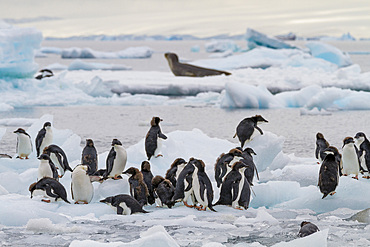
First year Adelie penguin (Pygoscelis adeliae) chicks at breeding colony at Brown Bluff, Antarctica, Polar Regions
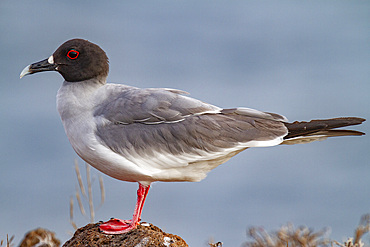
Adult Swallow-tailed gull (Creagrus furcatus) on Espanola Island in the Galapagos Island Archipelago, UNESCO World Heritage Site, Ecuador, South America
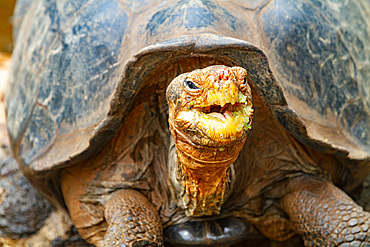
Captive Galapagos giant tortoise (Geochelone elephantopus) at the Charles Darwin Research Station, Galapagos, UNESCO World Heritage Site, Ecuador, South America
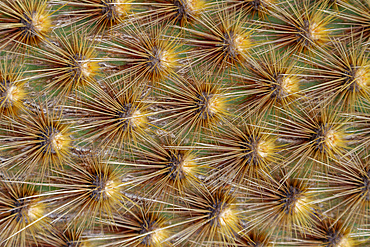
The endemic Opuntia cactus (Opuntia echios) cactus growing in the Galapagos Island Archipelago, UNESCO World Heritage Site, Ecuador, South America
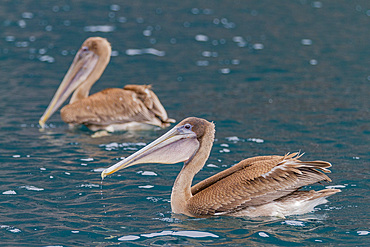
Juvenile Galapagos brown pelican (Pelecanus occidentalis urinator), smallest species of pelican worldwide, feeding in the Galapagos Island Archipelago, UNESCO World Heritage Site, Ecuador, South America
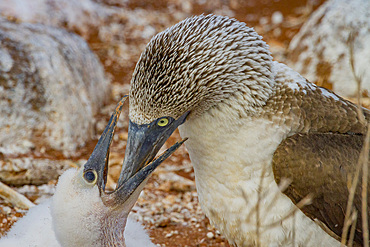
Adult blue-footed booby (Sula nebouxii) feeding chick in the Galapagos Island Archipelago, UNESCO World Heritage Site, Ecuador, South America
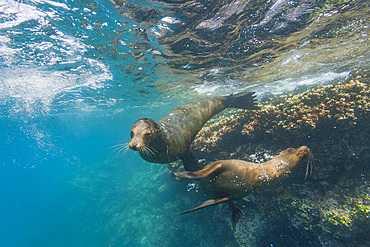
Galapagos sea lion (Zalophus wollebaeki) underwater in the Galapagos Island Archipelago, UNESCO World Heritage Site, Ecuador, South America

